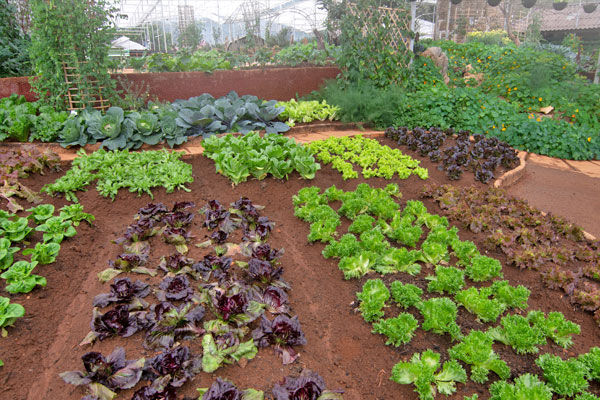Creating a successful and thriving homestead requires a careful evaluation of how to best utilize your land. If you’re working with a 15 acre homestead, one of the most critical decisions you’ll make is where to place your barn. The barn placement on your property can significantly impact the efficiency and productivity of your homestead.
Understanding the principles of effective barn placement early in your planning process ensures that your homestead flourishes. A well-placed barn not only aids in the day-to-day operations but also maximizes the use of your land.

The Importance of Barn Placement
Why is barn placement so crucial? It’s more than just finding a flat piece of earth. The location of your barn affects everything from animal welfare to workflow efficiency. A poorly placed barn can lead to logistical nightmares, increased labor, and unnecessary stress on your livestock.
Understanding Your Land
Analyzing the Terrain
Before you begin construction, it’s essential to analyze the terrain of your 15 acre homestead. Identifying high and low points, slopes, and water drainage patterns will help you determine the most suitable location.
Access to Resources
Your barn should have easy access to essential resources such as water and electricity. Consider proximity to your home, gardens, and other critical structures on your property.
Planning for Environmental Factors
Weather Considerations
Understanding the local climate is vital. Wind direction, sunlight exposure, and seasonal changes should all influence your barn placement decision.
Flood Zones and Water Flow
Avoid placing your barn in areas prone to flooding. Ensuring proper water drainage will prevent water from pooling around or inside your barn.
Design and Layout of Your Barn
Size and Functionality
Determine the size of your barn based on your needs. Consider the type and number of animals you plan to house, storage for feed, and equipment. Dairy goats may require different accommodations compared to other livestock.
Future Expansion
Consider the potential for future expansion. As your homestead grows, you may need additional space for more livestock or storage.
Infrastructure and Accessibility
Roads and Pathways
Ensure there are accessible pathways leading to your barn for easy transportation of goods and movement of livestock.
Proximity to Other Structures
Your barn should be strategically placed close to other essential structures like the farmhouse, storage sheds, or workshops for efficient workflow.
Building Regulations and Zoning Laws
Before construction, familiarize yourself with local zoning laws and building regulations. Ensure your planned barn location complies with all legal requirements.
Incorporating Safety Measures
Fire Safety
Incorporate fire safety measures in your barn design. Ensure there are firebreaks and consider the placement of fire extinguishers within the barn.
Animal Welfare
The barn should provide a safe and comfortable environment for animals, with adequate ventilation, natural light, and space.
Addressing Environmental Concerns
When planning your barn, consider the environmental impact. Implementing erosion control measures is critical. Learn more about erosion control strategies for your homestead.
Integrating Aesthetic Elements
Your barn doesn’t have to be merely functional. Consider incorporating aesthetic elements that enhance the overall look of your homestead, blending it seamlessly with the surrounding landscape. For inspiration, check out some homestead design ideas.
Budgeting and Financial Planning
Financial planning is essential before building your barn. Consider all expenses, including construction materials, labor, and potential maintenance costs. Diversifying income streams on your homestead can help cover these expenses. Explore ideas for income diversification on your homestead.
Adapting to Seasonal Changes
Prepare your barn for seasonal changes. Whether it’s winter preparation or summer maintenance, understanding how to adapt will ensure your barn remains functional year-round. Learn more about winter preparation for your homestead.
Community and Networking
Engage with other homesteaders for advice and support. Networking can provide insights and resources that benefit your homestead journey.
Conclusion
Strategically placing your barn on a 15 acre homestead is a crucial step towards a successful and sustainable lifestyle. By considering the factors discussed, you can ensure that your barn serves as a functional, efficient, and harmonious part of your homestead. Every decision you make is a building block towards realizing your homesteading dreams.

FAQ
What is the best location for a barn on a homestead?
The best location for a barn depends on terrain, access to resources, and proximity to other structures. Analyzing these factors will guide your decision.
How can I ensure my barn placement is environmentally friendly?
Implementing erosion control measures and ensuring proper water drainage are vital steps. Consider the environmental impact during planning.
What should I consider for future expansion of my barn?
Plan your barn with potential growth in mind. Consider the space needed for additional livestock, equipment, or storage in the future.





